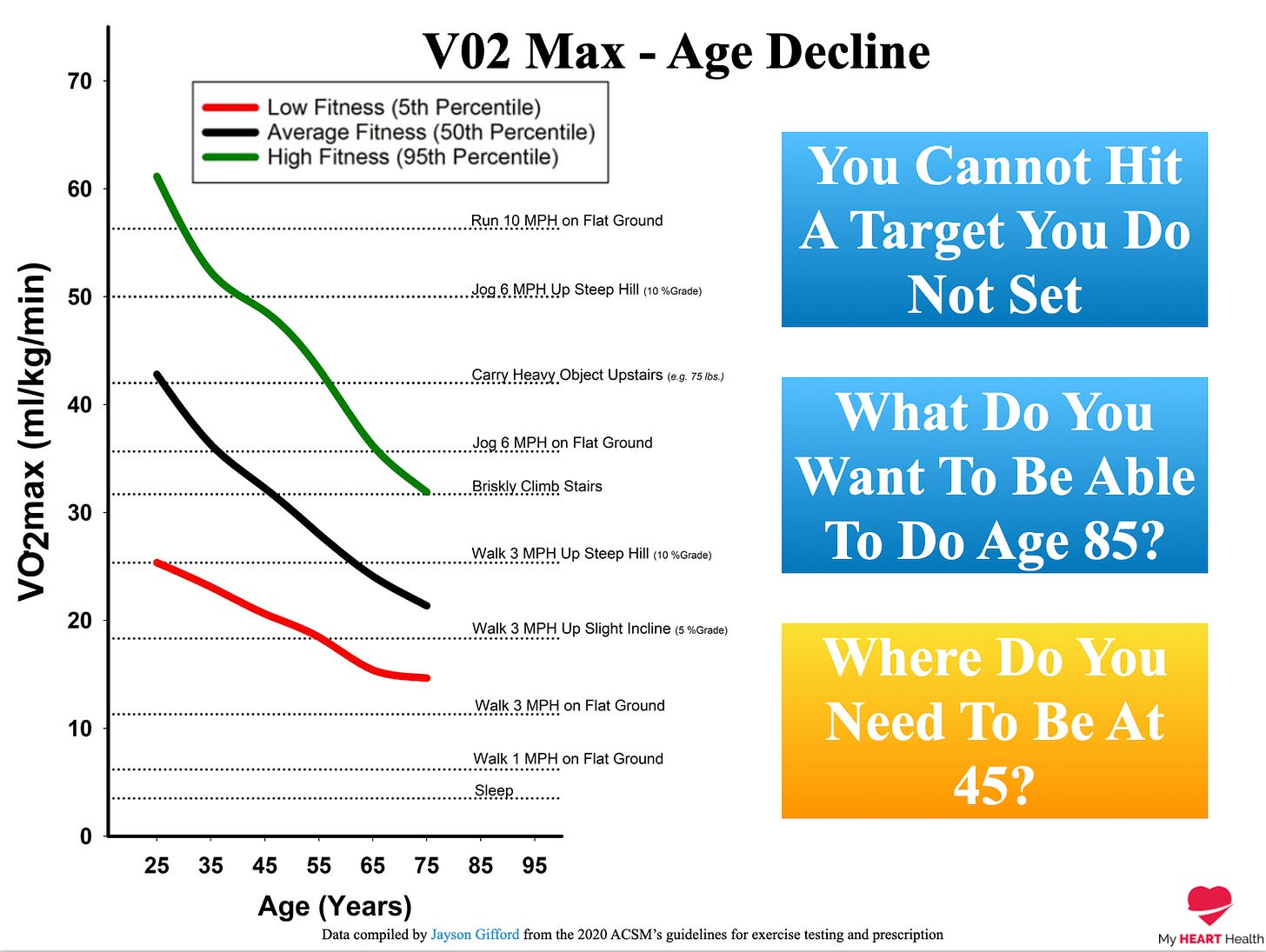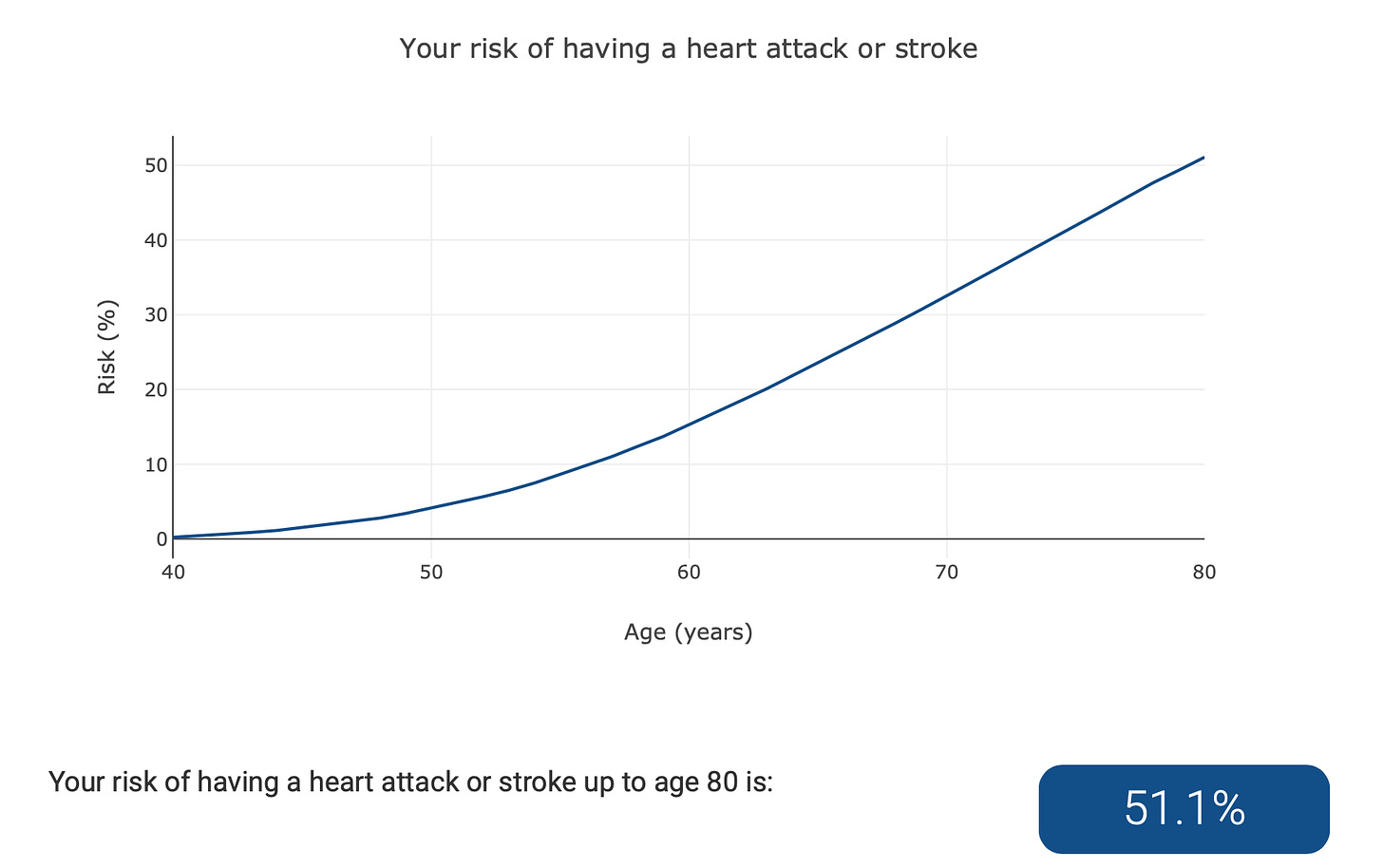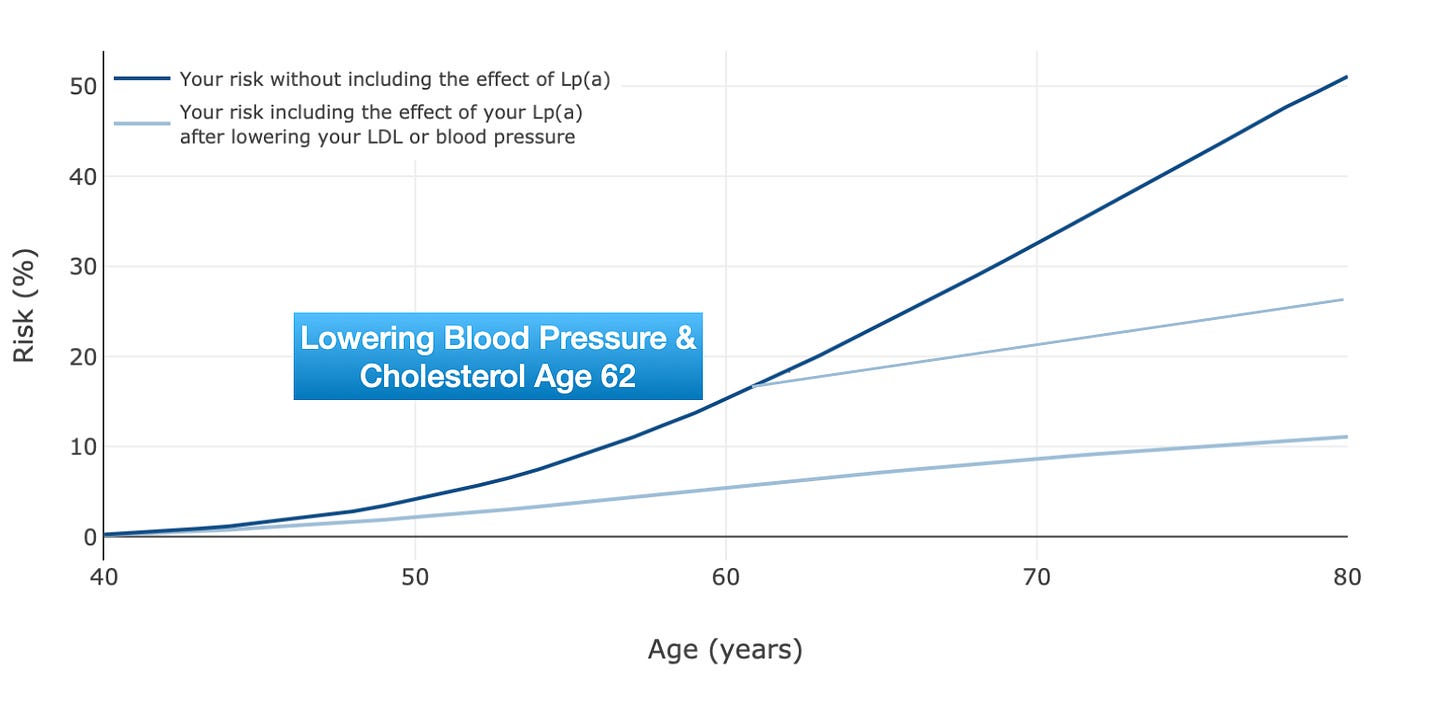Are You Contributing To Your Health Pension?

Albert Einstein famously referred to compound interest as the 8th wonder of the world.
It is a powerful example of exponential growth.
This is why investing in your financial pension from a young age, even in small amounts, is such a powerful retirement tool.
Just $10,000 left to compound annually for 35 years at 5% interest will be worth $55,000.
If you were to add $250 per month over the same 35 years to that same plan, it would be worth $326,0001.
This is the power of compound interest.
The same principles apply to health.
Imagine this scenario for me.
You go to your pension advisor at age 62 with the goal of retiring at age 65 but have put only a marginal amount of money into your pension fund.
You ask your pension advisor how you can retire at age 65.
The short answer is:
You can’t.
And that comes as no surprise to anyone.
Now imagine another scenario for me.
You go to your doctor at age 62 with the goal of being in good health when you retire at age 65, but you have done very little in terms of prioritising your health over the last 35 years.
You ask your doctor how you can retire healthy at age 65 and stay healthy for your retirement.
The short answer is:
You can’t.
And somehow, this scenario comes as a major surprise to people.
Yes! You can start to focus on your health, and you will make improvements that can be meaningful, but just like your financial pension, you are starting from WAY behind.
But it gets worse.
At least with a financial pension, you can get a windfall later in life.
You can sell your business.
You could win the lottery!
When it comes to health, there are no ‘health lotteries’, and there is no massive ‘health cash’ injection from selling your business.
There is ONLY the option of making small deposits.
Day after day
Week after week
Year after year.
Getting your health in order is the same as planting a tree. There are only two good times.
Now.
Or twenty years ago.
But let’s be honest, the twenty years ago option is just better.
Let's look at some examples to highlight the difference.
V02 Max, as a measure of aerobic fitness, is one of the best predictors of longevity.
For the average population, this will decline as we age.

If we plan to get to our highest V02 max and maintain it as high as we can over time, we need to start our training early in life.
Yes. You can improve your V02 max at almost any age, BUT you have to be mindful of where your goal is and how low you are starting from.
Aspiring to have a V02 Max of over 50 ml/kg/min is great, but it’s much easier to get there at 35 years of age than it is at 60, especially if you are now starting from an even lower base.

Always remember that without lifelong attention to your physical fitness, you are on an inexorable decline.
Prioritising your physical fitness is beneficial at any time, but as you can see from the graph above, starting earlier and maintaining it throughout life is likely to be the best strategy.
Blood Pressure & Cholesterol
The same principles apply to managing blood pressure and cholesterol.
Lower, for longer, is better.
Sure. Lowering them later in life will be beneficial, but waiting until you are older to do so is just a really bad strategy.
Here’s why.
Let’s take a 40-year-old male who is overweight, with a systolic blood pressure of 140 mmHg, an LDL-C of 4.0 mmol/l (155 mg/dl ) and a family history of heart disease.
Not that uncommon of a scenario.
Untreated, his risk of having a heart attack or stroke over the next 40 years.
By age 70, it is 32%. By age 80, it’s over 50%2.

Now let’s lower this person’s LDL cholesterol by 2 mmol/l (77mg/dl) and his systolic blood pressure by 20 mmHg.
Both of which are very achievable.
The new risk is the pale blue line.
See the difference.

Now instead of a 32% risk at age 70, it is 8.6%.
Not zero. But a heck of a lot lower.
Now let’s try and graphically represent what starting at age 62 might look like.

The second pale blue line is not something that this calculator generates and is something I have added myself to parallel the expected course of risk reduction, but we know that lowering blood pressure and cholesterol does reduce risk, but it most likely flattens that risk, as illustrated in the graph above.
This is very much to represent the cost of waiting.
It will likely make a big difference in terms of risk reduction, but the key is to start early.
Just like your pension.
It is also easier to make small deposits to your health pension continuously over time rather than trying to make major deposits much later in life.
So the next time you think about ‘when’ is the right time to optimise your health, imagine yourself sitting in front of your pension advisor at age 62 with essentially an unfunded pension and the answer will become very clear.
Please don’t wait.
This is a game of odds.
And the chances are you will regret it if you don’t start making contributions early in life.
https://www.investor.gov/financial-tools-calculators/calculators/compound-interest-calculator
http://www.lpaclinicalguidance.com




